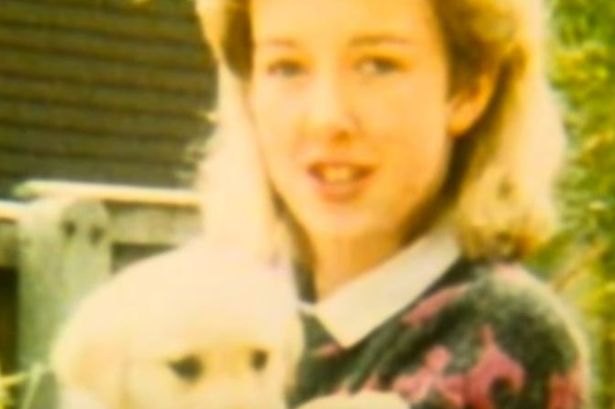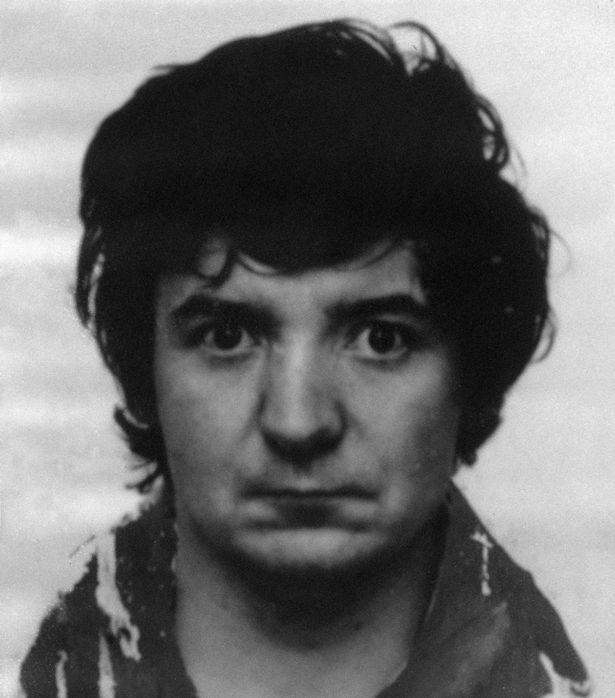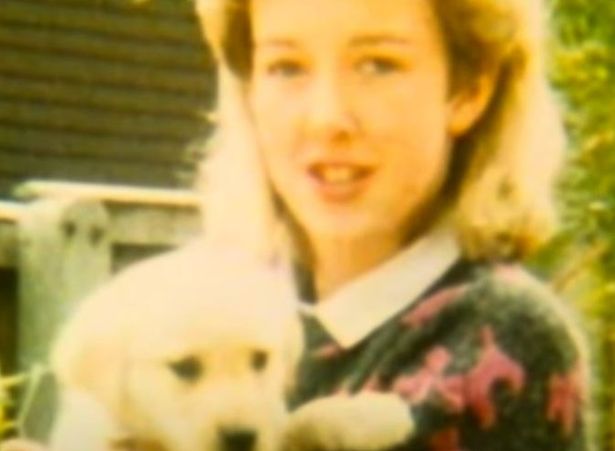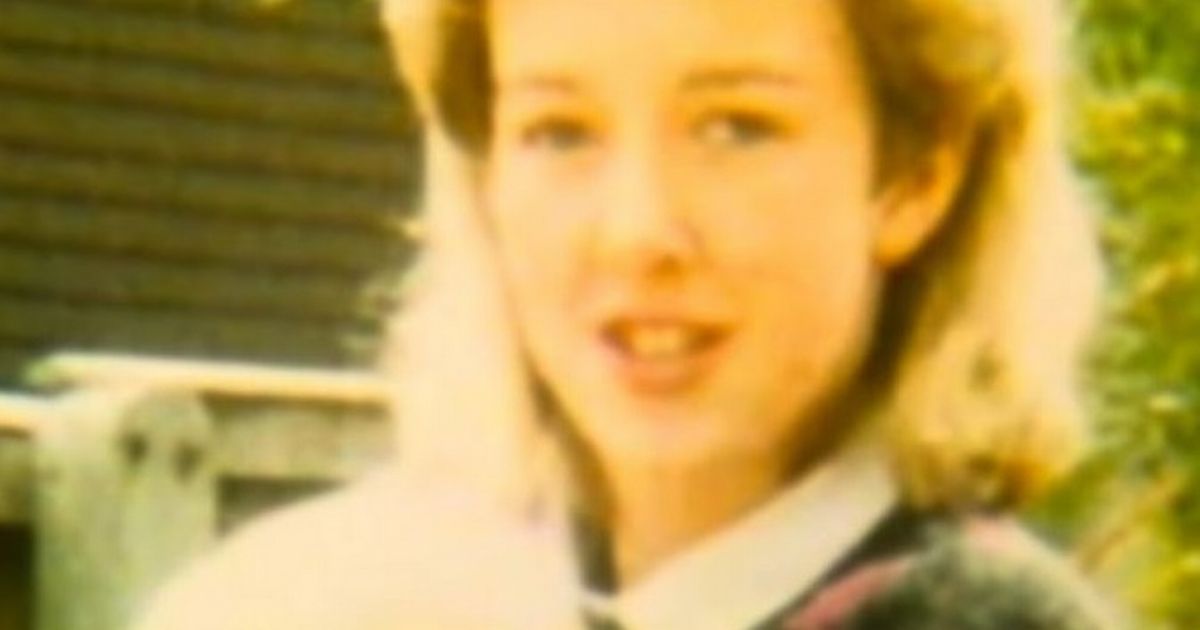Diane Sindall was a barmaid and florist murdered in a “frenzied attack” Diane Sindall was 21 when she was murdered (Image: Diane Sindall family)
Diane Sindall was 21 when she was murdered (Image: Diane Sindall family)
Bride-to-be Diane Sindall was described by her loved ones as a “vivacious, bubbly, happy-go-lucky girl” who had her whole life ahead of her. But that life was cruelly and brutally snatched away from her on a late summer’s night when she was sexually assaulted and murdered in a “frenzied attack”.
For 38 years, Peter Sullivan was widely known as the “Mersey Ripper” who carried out the attack. But at the Court of Appeal today, Tuesday, May 13, Mr Sullivan, now aged 68, had his conviction quashed after new evidence revealed a DNA profile of an unknown man who carried out the senseless murder.
Ms Sindall had finished a late shift at a pub when her life was taken from her. After her van ran out of petrol, she stopped at a garage on Borough Road in Birkenhead on August 1, 1986. Her half-naked body was found in an alleyway the following day by a dog walker.
She had suffered horrific injuries, including a fractured skull. Bite marks were evident on her body. A pathologist later testified her injuries were “the very worst” he had ever seen on a body.
Ms Sindall was engaged to be married at the time of her death and divided her time between her fiancé’s house in Seacombe and her parents’ in Tranmere. She loved to cook and had lots of friends. Her mum later said: “She was really a good family girl, and everyone liked her.”
With the help of her uncle, she had set up a floristry business the year before she was killed while working shifts at the pub to help furnish her new flat. When news of her death broke on August 2, 1986, it had a devastating effect on the local community. Neighbours sobbed in the street on Cressington Avenue in Tranmere outside the Sindall family home.
A BBC Crimewatch re-enactment of the young woman’s last walk was watched by millions as police spent eight long weeks searching for her killer. Writing in the Daily Post a couple of months after the attack, Denise Mullin said the television scene was “etched on every woman’s memory”.
The death led to Merseyside Police’s biggest murder enquiry, led by the deputy head of Merseyside CID, superintendent Tom Baxter, and superintendent Roger Corker, the head of Wirral CID. Even though the horrific attack took place close to a busy main road at the height of summer, there were no witnesses.
 Peter Sullivan pictured after he was convicted in 1987 of the murder of Diane Sindall. He was cleared at the Court of Appeal 38 years later
Peter Sullivan pictured after he was convicted in 1987 of the murder of Diane Sindall. He was cleared at the Court of Appeal 38 years later
Before the days of CCTV, police had to turn to an appeal on the BBC Crimewatch programme and it was only after an eight-week murder hunt that Sullivan was arrested. Sullivan had accumulated 18 convictions for minor offences such as petty theft and stealing cars, and had served time in jail.
On the night in question, the unemployed dad-of-one had earlier been playing for the darts team at the Crown Hotel in Conway Street, Birkenhead. It was said he was drinking heavily after his team lost, and he left the pub at around 11.30pm, staggering back to his maisonette in nearby Queensbury Gardens.
Rumours swirled about the ferocity of the attack, and the killer was nicknamed “the wolfman” or “the Mersey Ripper”. Mr Sullivan initially denied any involvement and provided an alibi. But according to reports, he later gave a “confession” and told detectives he could not remember why he had done it because he was so drunk. However, he later retracted the statements. He was convicted after trial in 1987 after the prosecution relied heavily on bite mark evidence.
Following Ms Sindall’s murder, the response from local women turned from fear and sadness to white-hot anger. In March 1987, around 300 women trudged through a blizzard in Birkenhead under banners headed ‘Reclaim the Night’ to remember Ms Sindall. One of the organisers told the ECHO at the time: “We are just not going to let people forget Diane and what happened to her.”
 Diane Sindall was 21 when she was murdered (Image: Diane Sindall family)
Diane Sindall was 21 when she was murdered (Image: Diane Sindall family)
A fund was set up to create a lasting memorial to Diane. On March 8, 1988, a black memorial stone was laid at the spot on a grass verge where she died. The memorial was inscribed with the words: “Diane Sindall. Murdered August 2, 1986, because she was a woman. In memory of all our sisters who have been raped and murdered. We will never let it be forgotten.”
Diane’s mum said at the time: “I agreed to support the idea of a stone because it might make people stop and think about the dangers women face. It will not make what happened to Diane harder to bear. Every time we go past the spot, we remember.” The legacy of her murder also led to the creation of what is now known as RASA Merseyside, a counselling and support service for victims of rape and sexual abuse.
At London’s Court of Appeal today, lawyers for Mr Sullivan said scientific advancements had allowed new tests to be carried out on semen left at the scene that belonged to a different, unidentified man. Mr Sullivan’s counsel, Jason Pitter KC, said: “The prosecution’s case was this was one person who carried out the assault on the victim and the evidence here now is that this one person was not the defendant. There was no evidence to suggest there was more than one person, and if there was, there is the absence of the defendant’s DNA.”
Duncan Atkinson KC, for the crown, told the court: “Had this DNA evidence been available, it is difficult to see how the decision would have been made to prosecute.” When asked whether he could conceive of a basis on which Mr Sullivan would have been prosecuted if the DNA evidence was available at the time, Mr Atkinson replied: “No.”
 The memorial stone for Diane Sindall on Borough Road in Birkenhead, Wirral. (Image: Eleanor Barlow/PA Wire)
The memorial stone for Diane Sindall on Borough Road in Birkenhead, Wirral. (Image: Eleanor Barlow/PA Wire)
Mr Sullivan’s team also advanced new evidence in relation to the bite mark evidence, quoting an expert who said, “It is not a reliable form of science”, and his admissions during police interview. These however, were rejected by the court.
Mr Sullivan, who appeared in court via video link to HMP Wakefield wearing a buttoned shirt and glasses and sporting short grey hair and beard, held his hand to his mouth and cried as the judges said he must be released from custody. Members of the public embraced and one woman tearfully said “We’ve done it”.
In a statement read out by his solicitor following the judgement, Mr Sullivan said: “What happened to me was very wrong, but it does not detract or minimise that all of this happened off the back of a heinous and most terrible loss of life.” He continued: “I’m not angry, I’m not bitter.”
After thanking his legal team, he added: “Finally, I would like to say how sorry I am to the family of Diane Sindall who have now got to come to terms with the death of their daughter being down to someone else. I long to see the right thing done for this horrible crime so that they will find peace.”
Speaking to reporters outside the court in London, Mr Sullivan’s sister, Kim Smith, said: “We lost Peter for 39 years and at the end of the day it’s not just us, Peter hasn’t won and neither has the Sindall family. They’ve lost their daughter, they are not going to get her back.
“We’ve got Peter back, and now we’ve got to try and build a life around him again. We feel sorry for the Sindalls, and it’s such a shame this has had to happen in the first place.”
Merseyside Police reopened the investigation into Ms Sindall’s death in 2023 and today issued a new appeal for information. Detective chief superintendent Karen Jaundrill said: “Diane’s murder sent shockwaves through Birkenhead when it happened and I would appeal to anyone who lived in the area at the time, and has any information which could help us with our inquiries, to come forward.”
